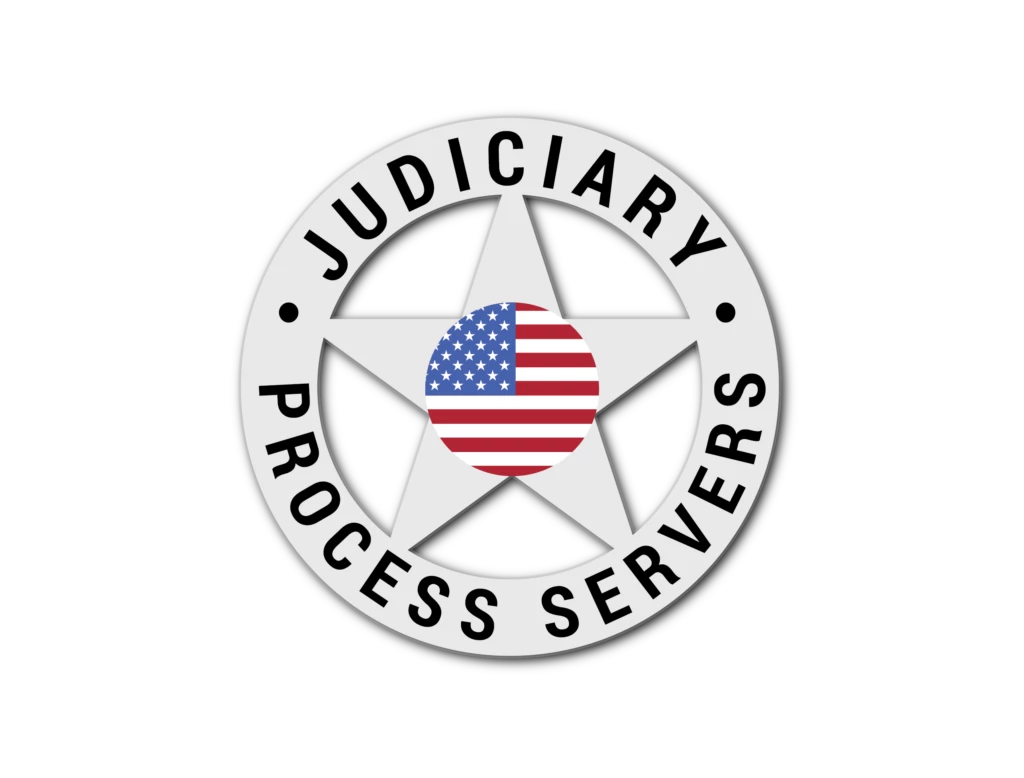Why Is It Important To Use A Process Server to Serve Wage Garnishment Documents?
Why Is It Important To Use A Process Server To Serve Wage Garnishment Documents?
What is Wage Garnishment?
When money is lawfully taken out of your paycheck and given to a third party, it is known as a garnishment or wage garnishment. It refers to a court procedure that gives a third party permission to take money directly out of a debtor’s paycheck or bank account. The third party, also referred to as the garnishee, is usually the debtor’s employer. Employers are not allowed by federal law to fire employees in order to avoid having to handle a garnishment payment. Debts including delinquent taxes, fines, unpaid child support, and defaulted student loans are all covered by garnishments.
A creditor usually needs a court order demonstrating the debtor owes money and has defaulted on payment before they can garnish the debtor’s paycheck. A court order is not necessary if the debt is an Internal Revenue Service (IRS) levy. For instance, the IRS may take action to garnish a person’s salary if he owes $12,000 in back taxes. After then, the IRS would give that person’s employer instructions to withhold a percentage of his pay for a predetermined period of time until that person’s tax debt is settled in full. Garnishments can lower someone’s credit score since they are typically the last step for collecting debts and reveal a debtor’s poor repayment history.
How Is the Wage Garnishment Process Started?
A garnishment summons is a legal document that a creditor serves to a third party, known as the garnishee, who the creditor thinks is in possession of money or property that belongs to the debtor. This initiates the garnishment procedure. The garnishment summons must include the following information: (i) the debtor’s name and address; (ii) the amount owed; (iii) the date the judgment was made against the debtor; and (iv) different statements about the garnishee’s obligation. The proper garnishment disclosure form (either an earnings or a non-earnings disclosure form, as detailed in further detail below) must be submitted with the garnishment summons. Garnishments can lower someone’s credit score since they are typically the last step for collecting debts and reveal a debtor’s poor repayment history.
Serving Wage Garnishments
A garnishee must typically “retain possession and control of the disposable earnings, indebtedness, money, and property of the debtor” at the time a garnishment summons is served, up to a maximum of 110 percent of the amount the creditor claims is unpaid in the garnishment summons. In addition, the form that was served with the garnishment summons requires the garnishee to give a written disclosure to the debtor and creditor (which varies depending on whether the garnishment is for earnings or other property, as previously mentioned).
In the event of a non-earnings garnishment, the garnishee is required to give the creditor a written disclosure outlining all debts, assets, and money the garnishee owes to the debtor, no later than 20 days following the garnishment summons’ service.
A garnishment of “earnings” is subject to certain regulations. This covers payment made to a producer for the same agricultural products as well as payment made to an employee for personal service (wages, salaries, commissions, or bonuses). Furthermore, an earnings garnishment is only applicable to “disposable earnings,” which are the remaining earnings after all legally required deductions have been made (such as taxes and social security payments, but not voluntary deductions like charitable contributions or health insurance premiums). Lastly, if a debtor works 40 hours a week, the amount of an earnings garnishment can only be the lesser of (i) 25 percent of the debtor’s disposable earnings or (ii) the amount by which the debtor’s disposable earnings surpass the federal minimum wage, which is presently $7.25 per hour. A garnishment would only be applied to $150 a week, for instance, if a debtor had $600 in disposable income (that is, 25% of the disposable earnings, which is less than the federal minimum wage times 40 hours). If there is a child support judgment, more sums may be garnished.
When it comes to a garnishment of earnings, a garnishment summons is valid for the current pay period during which it is served as well as for any subsequent pay periods that end within seventy days following the summons’ service. During this time, the garnishee is required to hold onto all earnings that are subject to the garnishment and to serve the earnings disclosure to the debtor and creditor within ten days of the last pay period for which the garnishment summons is applicable.
In either scenario, the garnishee is required to hold onto the property that is subject to the garnishment for 180 days, up to 110 percent of the total amount that the creditor claims the debtor owes them. The garnishee shall abide by any levy, written consent from the debtor, or other court order that requires the garnishee to give the earnings or property to the creditor within the allotted 180 days. If not, the garnishee is required to give the debtor back the retained property when the 180 days have passed.
Understanding The Role Of Process Servers In Wage Garnishments
A company or a registered agent of that company will get wage garnishments. In certain situations, you may be serving a business’s registered agent even while you are not physically present at the business’ site. Always go to the address stated on the service coversheet and seek to speak with the person who may take documents on the specified entity’s behalf. Once you have their name and position, give them the documents. Prior to transferring the documents:
- Find out who you will be giving them to by name.
- Complete the Earnings Withholding Order form by checking the “Registered process server” box, writing your name, signature, and the date using a blue ink pen.
Even in cases where the person whose wages are being garnished is present, wage garnishments should never be served to them. Serve solely to the relevant management or Registered Agent. This regulation has one exemption, which is when you are working for a small firm and the individual whose wages are being garnished happens to be the business’s registered agent. Wage garnishments are always served to the employer, not the designated worker. Regardless of whether the garnishee is still employed by the employer, it should be served to them!
The sheriff may order a corporation to receive wage garnishments. It is the employer’s duty to inform the sheriff if the individual whose wages are being garnished is no longer working there.
In the event that the individual leaves the company, the following directives are included in the first paragraph of the Earnings Withholding Order (Form WG-002):
“Complete both copies of the form Employer’s Return… and mail them to the levying officer within 15 days after receiving this order, whether or not the employee works for you.”
Contact Judiciary Process Servers to Serve Wage Garnishment Documents Today!
You can reach out to us at Judiciary Process Servers if you need to serve any wage garnishment documents. We know how to reach different types of people, even those who are actively avoiding service, thanks to our years of experience.
AGGRESSIVE AND PROFESSIONAL NATIONWIDE PRIVATE PROCESS SERVERS
Here at Judiciary Process Servers, it’s our number one priority to make your job easier. Whether you need legal documents served, a foreign subpoena domesticated, or court documents retrieved, our expert team of professionals are ready to help. Call today for a free quote!
Account
Connect
National Headquarters
8482 Fort Smallwood Road
Suite B-110
Pasadena, MD 21122
8482 Fort Smallwood Road
Suite B-110
Pasadena, MD 21122
© Copyright by Judiciary Process Servers 2021 | Web Design by Exo Agency
No products in the cart.

